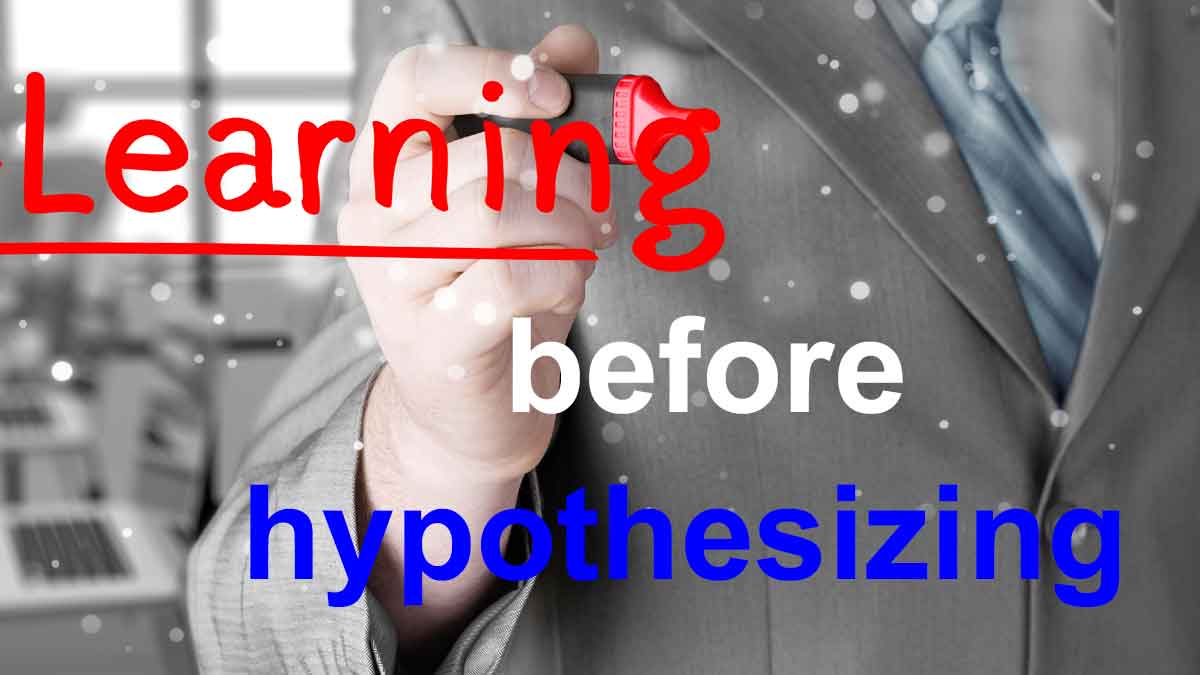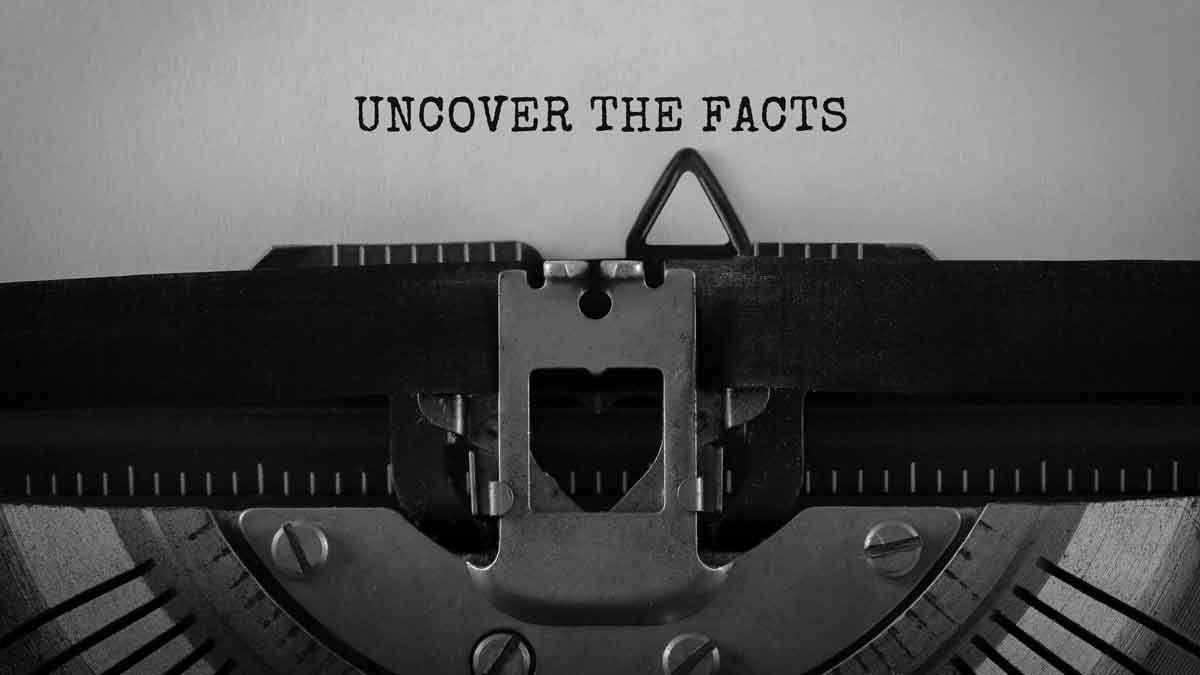The “Build-Measure-Learn” cycle in Lean Startup begins with a hypothesis, and is great for B2C. End-consumers can seldom tell you what will amuse them or increase their sense of self-worth. But knowledgeable B2B customer can predict their desired outcomes. So start with a “Learn” pre-step. Customers will tell you all you need if you know how to ask.
More in white paper, Lean Startup for B2B (page 3)
Some companies use the front end of innovation to validate hypotheses or make financial projections. Wrong approach. The front end is a time for learning what you didn’t know, not analysis. Successful teams usually pursue a market without a solution but with an open mind. Converge too soon, and you’ll often miss the best fodder for innovation.
More in e-book, Reinventing VOC for B2B
Should your product launch include email… trade shows… pay-per-click? Every market segment tends to favor different venues to learn about new ideas. Rather than guessing—and squandering your budget—you should study customers’ behavior. Don’t think, “How do we communicate?” Instead think, “How do they learn?”
More in article, Stop Squandering Your Product Launch Budget
I call this the golden rule of investment. In the case of innovation, it explains why the front-end-of-innovation is the critical battleground. The winning company is the one that most efficiently learns whatever intelligence is needed to drive this important decision: “Should we advance this project into the costly development stage?”
More in article, Should Your Stage-Gate® Get a No-Go?
The “Build-Measure-Learn” cycle in Lean Startup begins with a hypothesis, and is great for B2C. End-consumers can seldom tell you what will amuse them or increase their sense of self-worth. But knowledgeable B2B customer can predict their desired outcomes. So start with a “Learn” pre-step. Customers will tell you all you need if you know how to ask.
More in white paper, Lean Startup for B2B (page 3).





